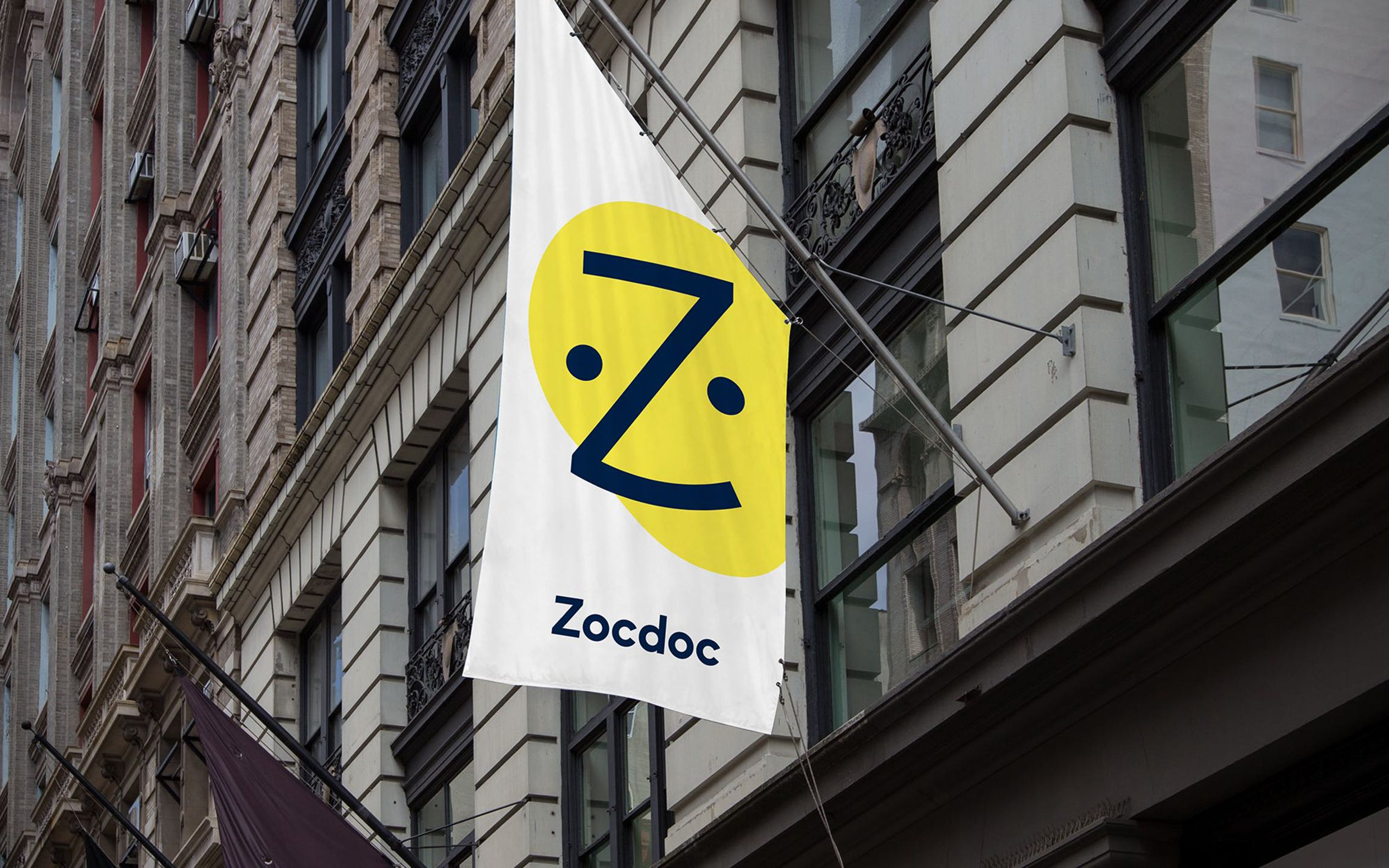

But for providers who might have previously been skirting regulations by using free tools like Skype or FaceTime, ZVS is a compelling alternative. With Zocdoc Video Service, doctors are still free to choose whatever channel they want to use for your visit. Doctors are looking for ways to connect with patients securely and digitally, and Zocdoc wants to help facilitate that without requiring users to set up a separate app or device.īy subscribing, you are agreeing to Engadget's Terms and Privacy Policy. Zocdoc’s founder and CEO Oliver Kharraz told Engadget that video visits now account for 30 to 40 percent of overall bookings, up from “essentially zero at the beginning of March.” The site now has more than a million virtual appointments available across 100 specialties - and that’s practitioners using third-party tools before the company even launched its video service. But as people started looking for ways to get their worrying symptoms assessed by a professional (rather than just Googling your symptoms or checking WebMD) from the safety of their own home, telehealth saw its popularity skyrocket. Not many people even knew they could see a doctor over the internet, let alone actually use these online services.

You’ll still have to pay your medical bills, obviously, but at least practitioners won’t have to pay to securely connect with patients.īefore the coronavirus outbreak, telehealth was an uncommon service. And that’s not just a special introductory deal or temporary offer during the pandemic, either. It’s partnering with communications platform Twilio to launch Zocdoc Video Service (ZVS), a HIPAA-compliant telehealth video solution that will be free to use not just for consumers, but for doctors too.

With the rise of telehealth services in the wake of the global pandemic, the company is launching a new tool that will see it play a more active part in connecting patients to doctors. Zocdoc, the popular online directory of healthcare providers, is eyeing a new role.


 0 kommentar(er)
0 kommentar(er)
